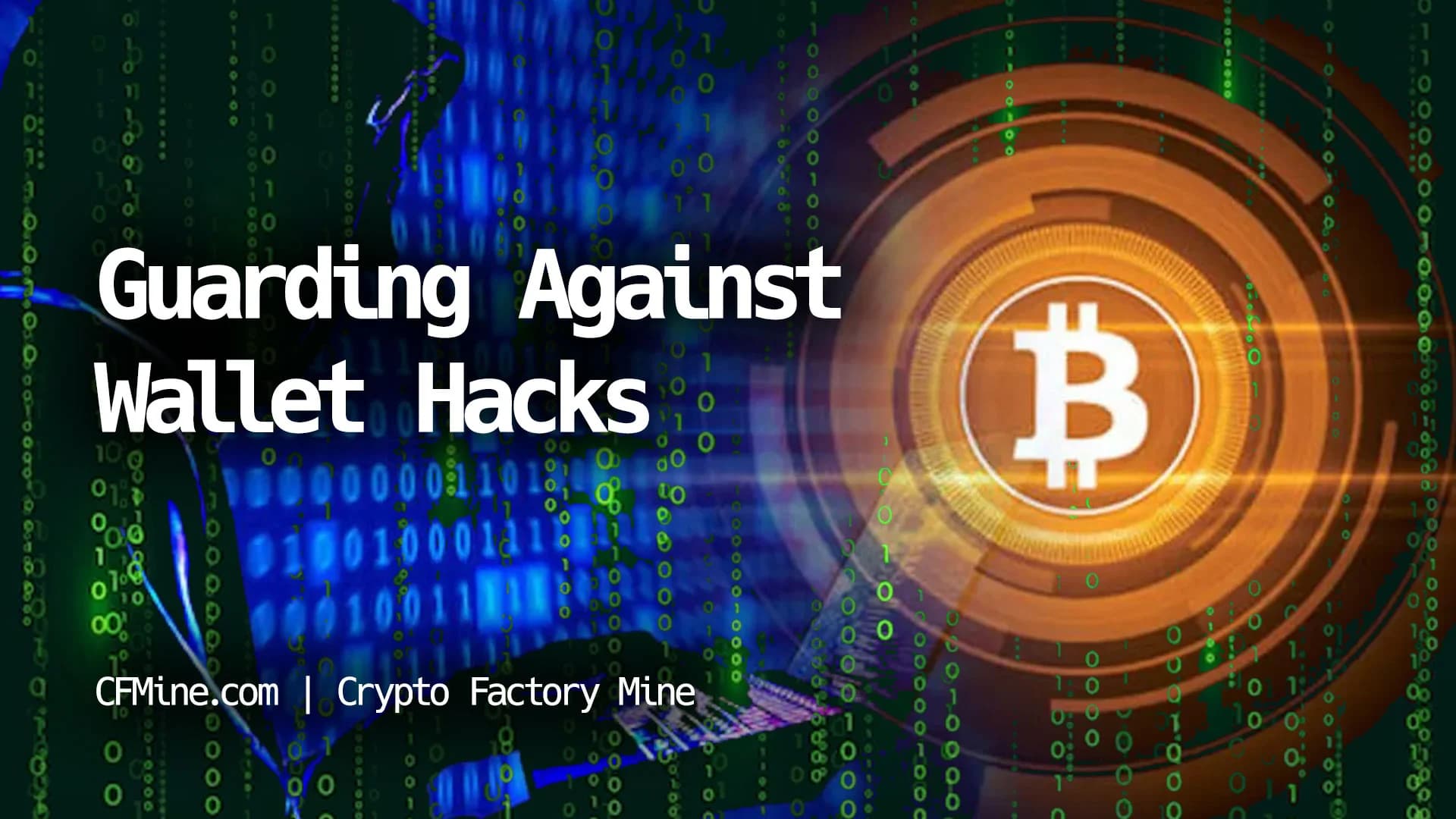
Guarding Against wallet hacks + Mastering Wallet Security!
Crypto wallet hacks have become a pressing concern, leading to substantial financial losses.
What is wallet hacks?
In the rapidly evolving digital world, cryptocurrencies have become a significant asset for investors and enthusiasts alike. However, as the value and usage of cryptocurrencies have surged, so has the interest of cybercriminals looking to exploit vulnerabilities for financial gain.
Understanding Crypto wallet hacks
Understanding crypto wallet hacks involves grasping the mechanisms through which unauthorized individuals gain access to or control over digital wallets.
Common Methods of Crypto wallet hacks
- Phishing Attacks: Hackers deceive wallet owners into revealing sensitive information.
- Malware: Malicious software designed to infiltrate devices.
- Exploiting Software Vulnerabilities: Hackers find and exploit security flaws.
- SIM Swapping: Attackers deceive mobile carriers into transferring a victim's phone number.
Ready to Start Mining?
Join thousands of users who are already generating passive income with our wallet mining software.